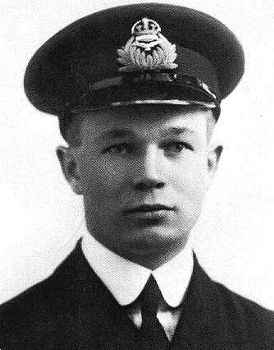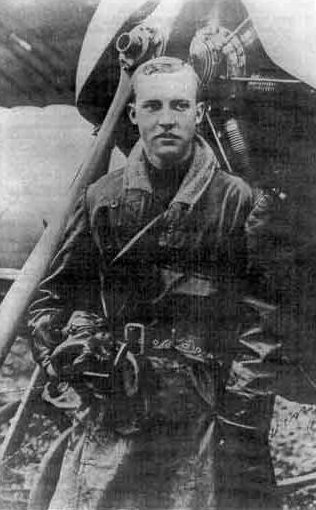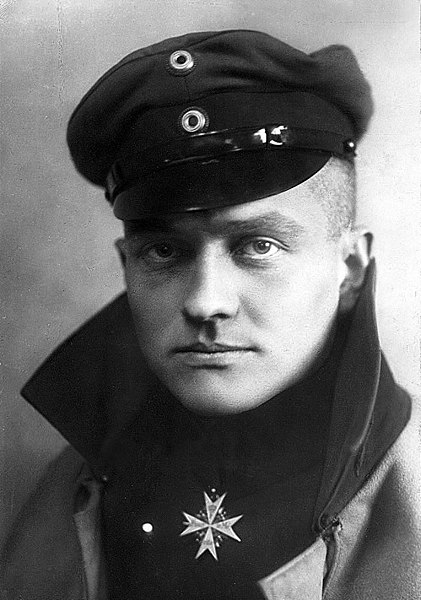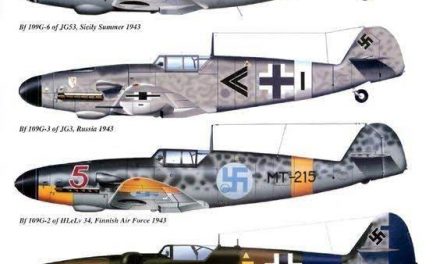This is a recent post from my World War One collection. The final combat of Rittmeister Manfred Freiherr von Richthofen remains controversial to this day, but an overwhelming number of historians after much research and examination have concluded that ground fire delivered the “Red Baron’s” mortal wound. I recommend reading the following title: Franks, Norman & Bennett, Alan (2007). The Red Baron’s Last Flight: An In-Depth Investigation Into What Really Happened on the Day Von Richthofen Was Shot Down. Grub Street. ISBN 978-1-904943-33-4.
Originally shared by Pete Panozzo
APRIL 21, 1918. THE “RED BARON’S” FINAL COMBAT.
From Wikipedia:
On the morning of 21 April 1918, No. 209 was on patrol when they became engaged in combat with fighters of Jagdstaffel 11, led by Manfred von Richthofen, the “Red Baron”. A newcomer to No. 209, Brown’s school friend, Lt. Wilfrid Reid Wop May, had been instructed to stay clear of any fight and watch. May noticed an enemy pilot doing the same thing. That pilot was the Red Baron’s cousin, Lt. Wolfram von Richthofen, who had been given the same instructions as May. May attacked Wolfram and soon found himself in the main fight, firing at several fleeting targets until his guns jammed. May dived out of the fight, and Manfred von Richthofen gave chase down to ground level. Brown saw May in trouble and dived steeply in an attempt to rescue his friend. His attack was necessarily of fairly short duration, as he was obliged to climb steeply to avoid crashing into the ground, losing sight for the moment of both Richthofen and May.[2].
What happened next remains controversial to this day, but it seems highly probable that Richthofen turned to avoid Brown’s attack, and then, instead of climbing out of reach of ground fire and prudently heading for home, remained at low altitude and resumed his pursuit of May, who was still zig-zagging, as he had not noticed that Richthofen had been momentarily distracted. It should be noted that it would have been physically impossible for Richthofen to have done this had he already received the wound from which he died.[2]
May and Richthofen’s route now took them at low level over the heavily defended Allied front line. Franks and Bennett[2] have suggested that Richthofen had become lost, as the winds that day were blowing the “wrong way”, towards the west, and the fight had drifted over to the Allied side. The front was also in a highly fluid state at the time, in contrast to the more common static trench lines earlier in the Great War, and landmarks can be confusing in very low level flight.
Australian Army machine gunners on the ground fired at Richthofen, who eventually crashed near the Australian trenches. His initial combat report was that the fight with Richthofen was “indecisive” – this was altered by his commanding officer to “decisive”.[2] Modern historical consensus suggests that Australian anti-aircraft gunner Sergeant Cedric Popkin is the person most likely to have been responsible for the shot that actually downed the Baron.[6][7]
Brown was officially credited with the kill by the RAF, shortly after receiving a Bar to his DSC, at least partly in recognition of this feat. The citation read:
Lieutenant (Honorary Captain) Arthur Roy Brown, DSC.
“For conspicuous gallantry and devotion to duty. On 21 April 1918, while leading a patrol of six scouts, he attacked a formation of 20 hostile scouts. He personally engaged two Fokker triplanes, which he drove off; then, seeing that one of our machines was being attacked and apparently hard-pressed, he dived on the hostile scout, firing all the while. This scout, a Fokker triplane, nose dived and crashed to the ground. Since the award of the Distinguished Service Cross he has destroyed several other enemy aircraft and has shown great dash and enterprise in attacking enemy troops from low altitudes despite heavy anti-aircraft fire.”[8]
Photos: Captain Arthur “Roy” Brown, Lieutenant Wilfred “Wop” May, and Rittmeister Manfred von Richthofen.








Recent Comments